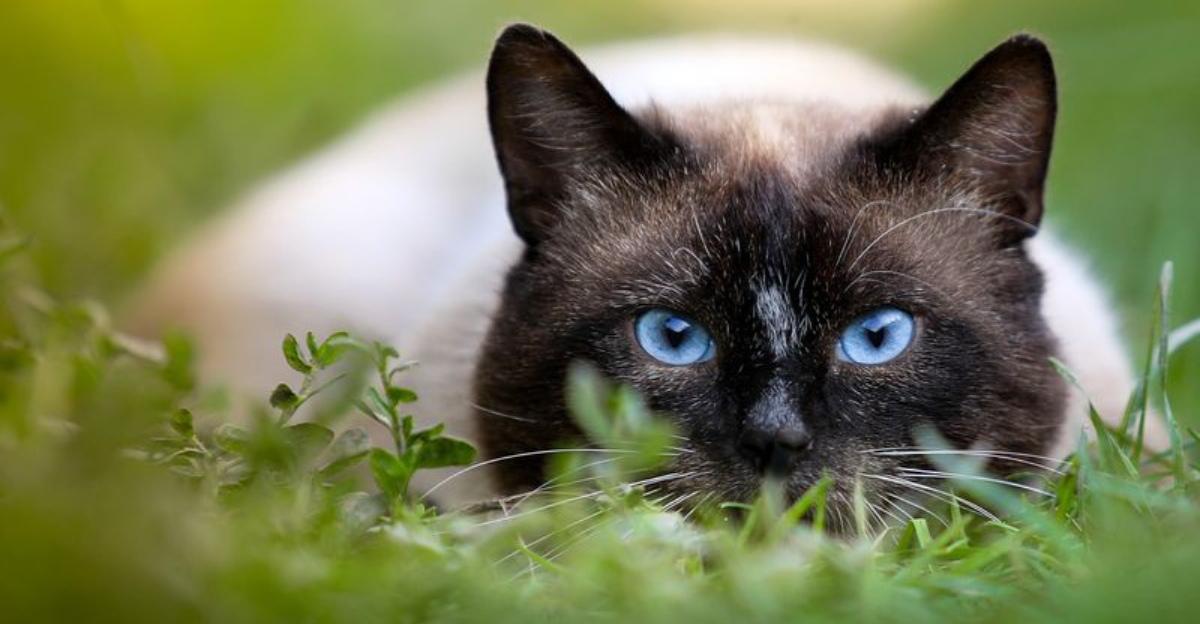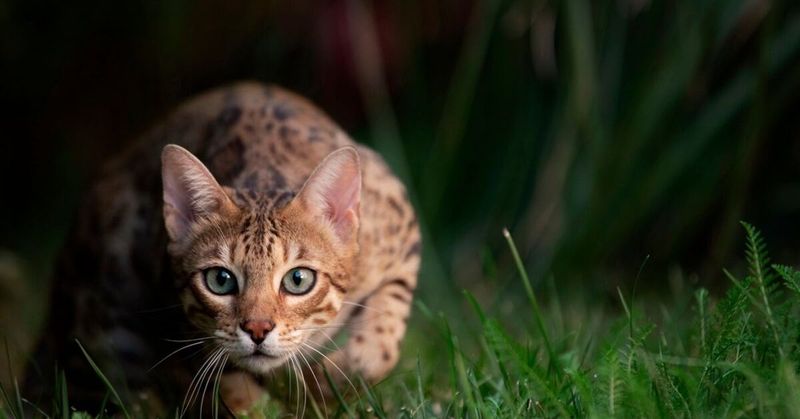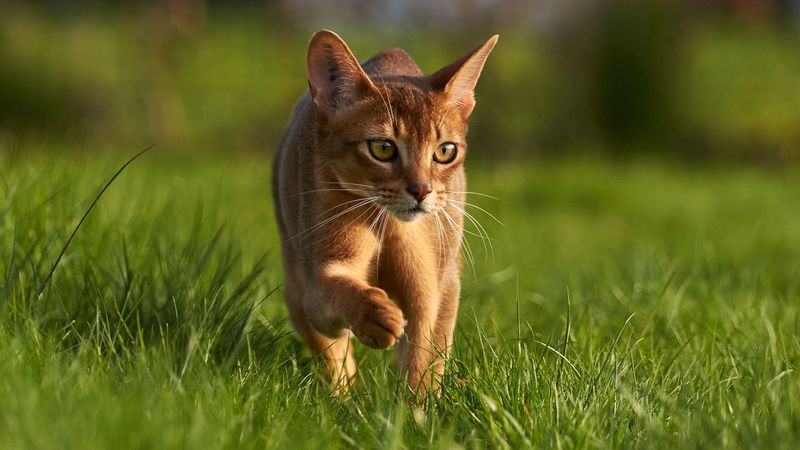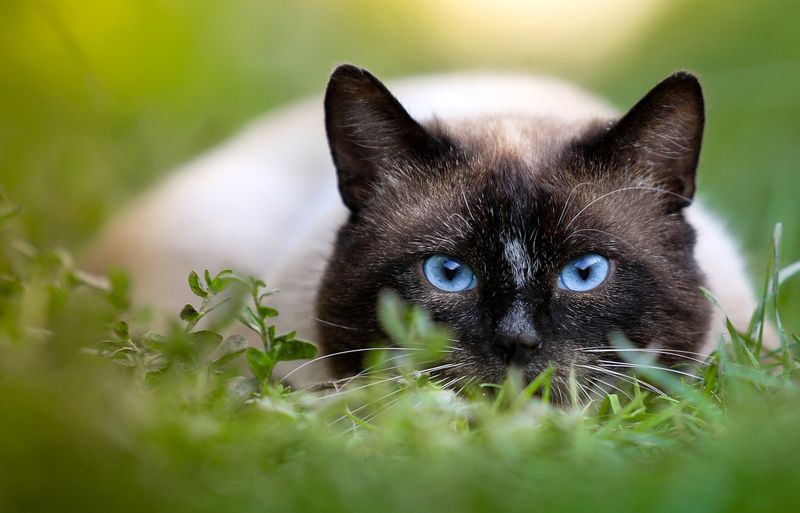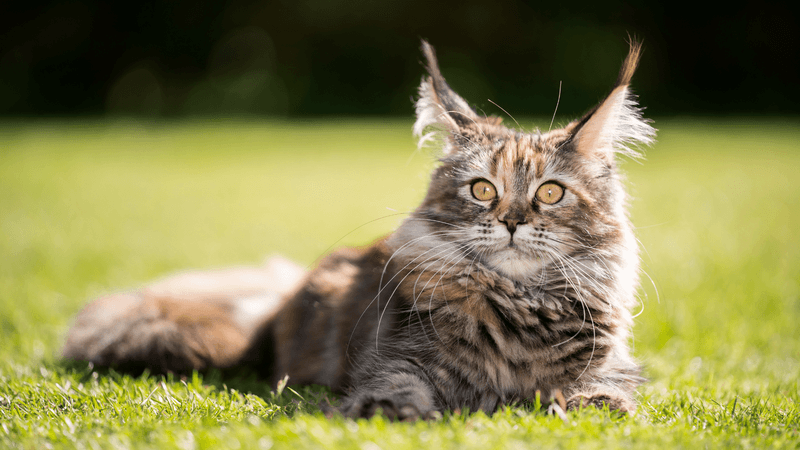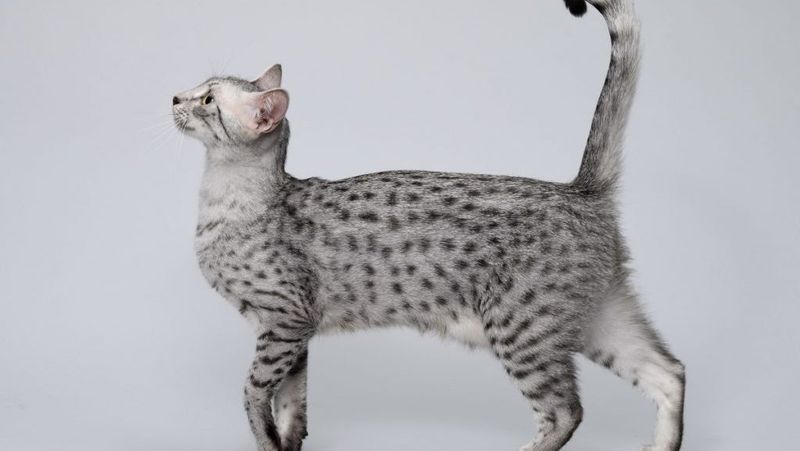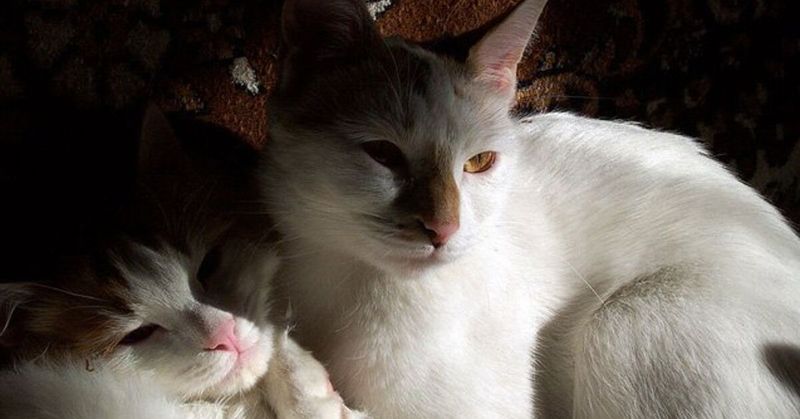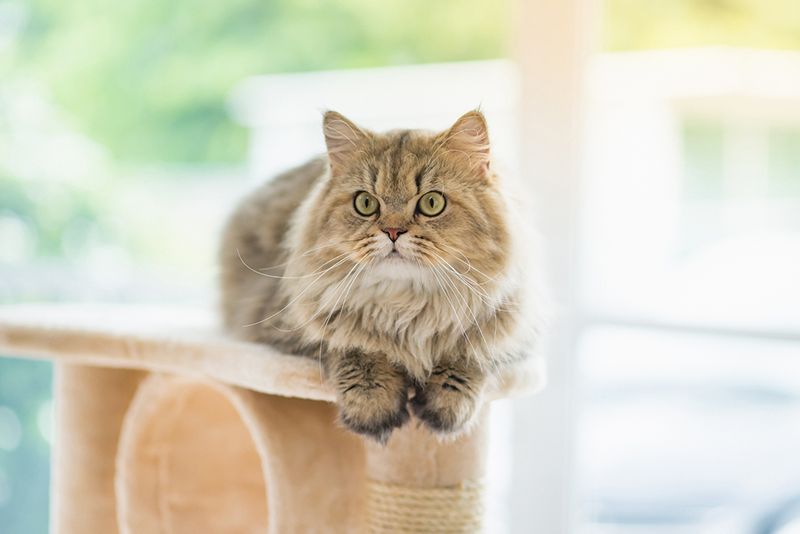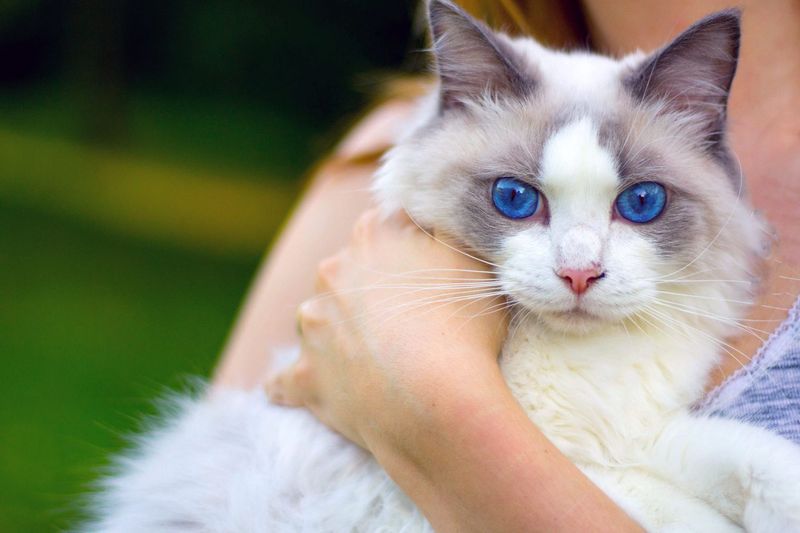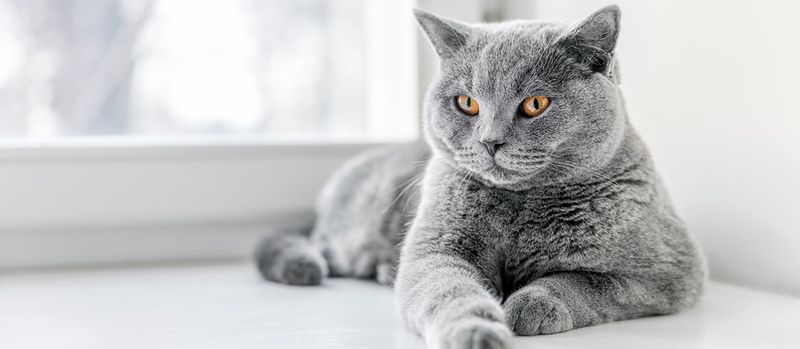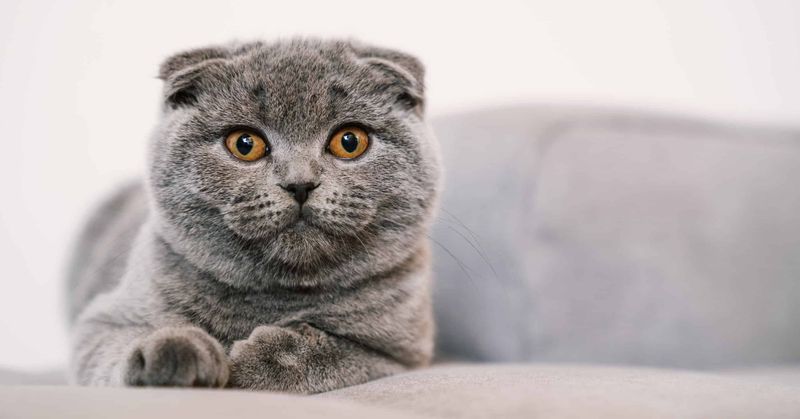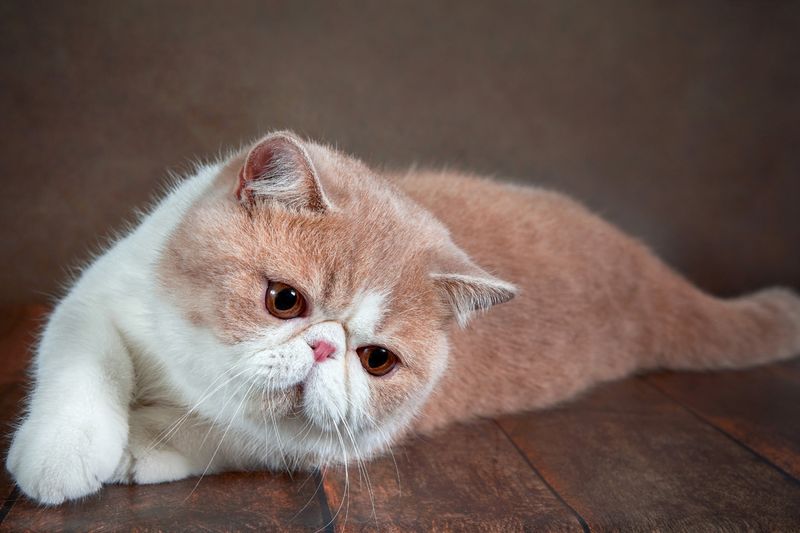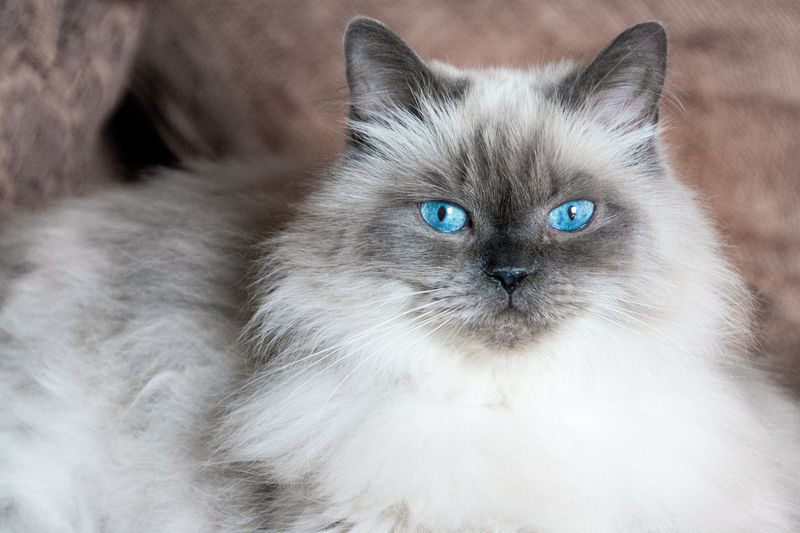📖 Table of Content:
Some cats seem to spring into action at the slightest movement, always ready to chase, pounce, or stalk. Their bodies react before their minds catch up, driven by deeply rooted instincts passed down through generations. These natural-born hunters often display a fierce focus, sharp agility, and endless energy.
On the other end of the spectrum are cats that view the world with calm disinterest. For them, chasing toys—or even real prey—is hardly worth the effort. They’d much rather enjoy a warm nap or a cozy window seat than engage in the excitement of the hunt.
Not all feline behaviors come down to personality alone—breed plays a big role. While some cats are practically miniature panthers, others are more like plush companions with zero hunting ambition. Recognizing the difference can help set expectations and shape the perfect match between pet and home.
1. Bengal
Bengals bring wild jungle instincts straight to your living room. These spotted hunters combine the appearance of leopards with domestic cat size, making them exceptional stalkers. Their muscular bodies and keen intelligence create the perfect predatory package.
Playtime for Bengals isn’t just fun—it’s practice for the hunt. They track toys with incredible focus and execute perfect pounces that would make their wild ancestors proud. Water doesn’t scare these cats either; many Bengals enjoy fishing with their paws!
Without proper stimulation, these high-energy hunters may create their own games by stalking household objects or even your ankles as you walk by.
2. Abyssinian
Athletic and nimble, Abyssinians never lost their ancient Egyptian hunting prowess. Their slender bodies allow them to leap impressive heights and distances when pursuing prey. Watching an Abyssinian track a toy is like witnessing a miniature lion on the savanna.
Quick reflexes make these cats exceptional mousers, as they can change direction mid-leap to catch fleeing targets. Their almond-shaped eyes miss nothing, constantly scanning the environment for movement. Every twitch, every flutter becomes a potential hunt.
Abyssinians require interactive play sessions that mimic hunting to stay mentally and physically satisfied. Without these outlets, they may become frustrated and develop problematic behaviors.
3. Siamese
Famous for their striking blue eyes and loud opinions, Siamese cats are surprisingly talented hunters. Their sleek bodies move with purpose and precision when stalking prey. Nothing escapes their attention once they’ve locked onto a target.
Siamese often announce their hunting victories with distinctive yowls that echo throughout the house. Their intelligence makes them particularly good at solving puzzle toys and figuring out how to access hidden prey. These cats will persistently stalk a toy until they’ve conquered it completely.
Unlike some hunters who work silently, Siamese frequently “chat” throughout the hunting process, discussing their strategy with anyone who’ll listen. Their vocal nature extends to demanding more hunting games when they’re bored.
4. Maine Coon
Don’t let their friendly personalities fool you—Maine Coons were bred specifically for hunting prowess. These large, tufted-ear cats excel at catching mice and small prey, earning their keep on early American farms. Their sizeable paws function like snowshoes, allowing efficient movement even in difficult terrain.
Maine Coons demonstrate remarkable patience during hunts. They’ll wait motionless for extended periods before striking with surprising speed for their size. Their thick, water-resistant coats allowed them to hunt effectively in all weather conditions.
Unlike some intense hunters, Maine Coons maintain a playful, almost dog-like attitude toward the hunt. They’re equally happy chasing toys or lounging near their humans after a successful stalking session.
5. Egyptian Mau
Egyptian Maus hold the title of fastest domestic cat, reaching speeds up to 30 mph when in pursuit. Their spotted coats aren’t just beautiful—they provide camouflage during hunts, a trait passed down from their desert-dwelling ancestors. These natural athletes possess hind legs slightly longer than their front legs, giving them exceptional jumping abilities.
Sharp hunting instincts make Maus excellent at tracking moving objects across any terrain. Their sensitive whiskers and acute hearing detect the slightest movements of potential prey. Many owners report their Maus bringing them “gifts” as proof of successful hunts.
Unusually for domestic cats, Egyptian Maus have a skin flap extending from flank to back knee that allows greater stretching during runs, enhancing their already impressive speed.
6. Turkish Angora
Graceful but deadly, Turkish Angoras combine beauty with remarkable hunting abilities. Their silky coats hide powerful muscles that launch them into precisely calculated pounces. These intelligent cats plan their attacks with almost military precision.
Turkish Angoras use their environment strategically, climbing to high perches to survey potential hunting grounds before making their move. Their long, balanced bodies allow them to navigate narrow spaces in pursuit of prey. Many develop specific hunting routines, checking the same locations daily for potential targets.
Unlike some hunters who rely on speed alone, Turkish Angoras study their prey’s patterns before striking. This methodical approach makes them particularly successful hunters who rarely miss their target once they’ve committed to the chase.
1. Persian
Persian cats view hunting as beneath their regal status. These flat-faced felines prefer admiration to exertion, spending their days as decorative companions rather than active hunters. Their long, luxurious coats would only get messy during a chase anyway!
Built for beauty rather than speed, Persians have stocky bodies that aren’t designed for quick pursuits. Their shortened face structure also impacts their peripheral vision, making tracking moving objects more challenging. Most Persians would rather watch the world from a comfortable perch than participate in it.
Even toy mice usually remain safe from Persian “attacks.” These cats typically respond to moving objects with mild curiosity rather than predatory interest, preferring gentle play that doesn’t disturb their carefully groomed appearance.
2. Ragdoll
Ragdolls earned their name from their tendency to go limp when held—the opposite behavior of a cat ready to pounce! These gentle giants typically show minimal interest in hunting activities. Their placid temperament makes them more interested in cuddles than catches.
When presented with prey-like toys, Ragdolls often respond with casual batting motions rather than committed chases. They prefer interactive games that involve their humans directly over solo hunting simulations. Most Ragdolls would rather follow their favorite person around the house than track a moving target.
Their large size doesn’t translate to predatory prowess. Ragdolls move with a relaxed gait rather than the tense readiness seen in hunter breeds, making them perfect companions for households seeking peace over excitement.
3. British Shorthair
Round-faced and plush-coated, British Shorthairs prefer observing rather than participating in the chase. These sturdy cats maintain a dignified demeanor that rarely includes undignified pouncing or scrambling after toys. Their energy comes in short bursts followed by extended rest periods.
British Shorthairs develop strong bonds with their humans but show their affection through companionship rather than bringing “hunting trophies” home. Their generally calm disposition makes them excellent apartment cats who won’t tear through the house chasing imaginary prey. Most prefer predictable routines to the excitement of the hunt.
When they do play, British Shorthairs typically engage in gentle paw batting rather than full-body stalking behaviors. Their idea of a perfect day involves a sunny windowsill, not an exhausting chase.
4. Scottish Fold
The iconic folded ears of the Scottish Fold add to their charm, but don’t expect hunting instincts to follow. These gentle cats lean more toward companionship than predatory play. Most prefer quiet time with their humans to any kind of pursuit.
When presented with prey-like stimuli, Scottish Folds often watch with mild curiosity before returning to more important activities—like napping or seeking attention. They enjoy interactive play but rarely show the intense focus characteristic of dedicated hunters. Most Folds prefer puzzle toys that challenge their minds over those that simulate prey.
Their somewhat stocky build contributes to their laid-back approach to movement. Scottish Folds typically move deliberately rather than with the quick bursts associated with hunting behaviors.
5. Exotic Shorthair
With their charming, doll-like faces and relaxed energy, Exotic Shorthairs mirror the Persian’s disinterest in the hunt. Instead of stalking prey, they’re content being doted on and admired. Their mellow personality suits a quiet home and a low-effort companionship.
Like their Persian cousins, Exotics have facial structures that limit peripheral vision, reducing their natural hunting abilities. Their stocky bodies aren’t built for speed or agility, further diminishing hunting instincts. Most Exotic Shorthairs respond to toys with casual interest rather than predatory intensity.
Playful but not predatory, these cats enjoy gentle interactive games but rarely initiate chase-based activities. Their idea of exercise typically involves short play sessions followed by extended relaxation periods—preferably in their favorite human’s lap!
6. Himalayan
Combining Persian and Siamese genetics, Himalayans inherited the Persian’s disinterest in hunting rather than the Siamese’s predatory drive. These color-pointed beauties prefer being admired from comfortable perches to engaging in energetic chases. Their long, flowing coats suggest royalty rather than hunting prowess.
Himalayans typically respond to moving objects with serene observation rather than excited pursuit. Their flat facial structure limits both breathing capacity and vision during potential chases, naturally selecting against hunting behaviors. Most Himalayans conserve their energy for important activities like grooming their luxurious coats.
Sweet-natured and gentle, these cats form strong bonds with their humans that don’t involve “gifts” of captured prey. Their idea of a perfect day includes quiet companionship, gentle petting, and absolutely zero hunting expeditions.
